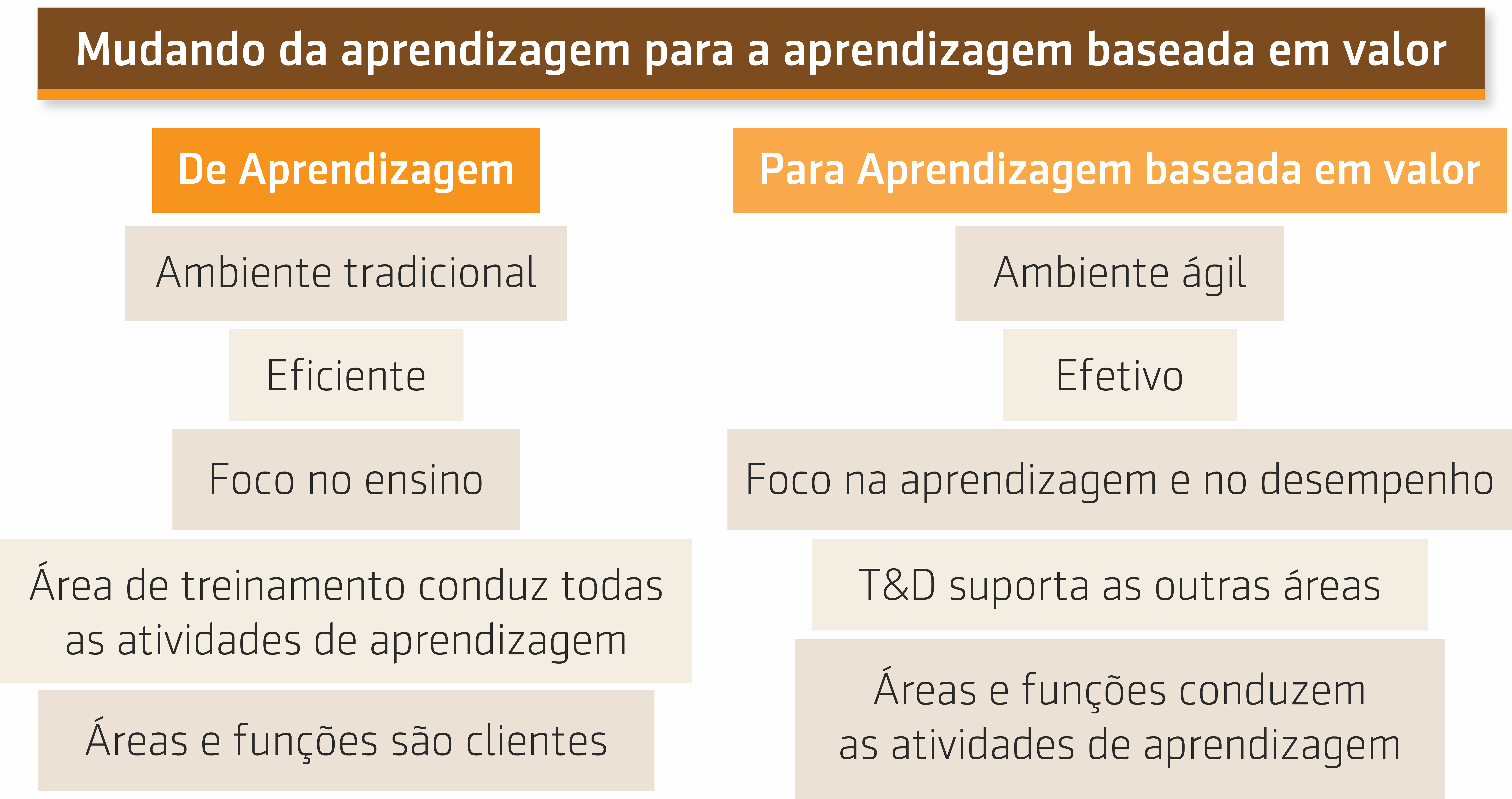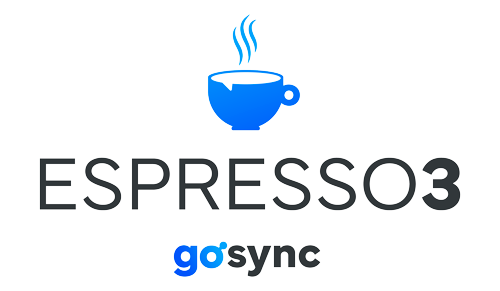We are back and my next guest is Terry from Hilti company and we will discuss value-based learning. I’m Wagner Cassimiro and this is the Espresso3.
Hi Terry!
Hello!
Why did you decide to change from learning to value-based learning?
So, I would say, there are a couple of reasons why we made this change. One, we’re a very traditional. Hilti is a very traditional engineering process oriented company and we used to be a very product driven company.
Over the past several years we have moved that to a much more of a system solution and services organization and we’re in a big growth phase. We’ve doubled in size over the past five years and we’re adding about anywhere from 3 to 5 thousand new team members a year. And we just knew that an old, traditional training system would not work.
We needed something much more agile and really drove to those values that we needed today and also the ones we needed for tomorrow. That’s why we started this journey.
What are the differences that you found?
I think the biggest differences was, for one example, if I look at new employee orientation. Hiring the amount of team members that we have, the old strategy, the old traditional strategy was very much trying to teach you everything that you would ever need to know in a one, two or three-week timeframe.
What we found is, because of the amount of information and the amount of things that our team members needed to know it was efficient but it wasn’t effective. You could see that in productivity. People were still lost, two or three months into the role.
So, what we did is we really focused on what are those five, ten things that a new person need. What does good look like in that first month, that second month? And then we added different components and we enabled that learner to say “right now I’m working on this. I need help here”, and how do they find that help. That’s really where our focus was and that increased our productivity, I would say, it cut productivity time in half or better in most roles. That was one of our biggest areas of concern.
Could you share more results that you had?
Yeah!
I think another area where, I think, moving this learning strategy to value based culture was, one area where we did not focus on was other functions, like marketing and finance, and some of those.
Now that we have this learning structure and we have people that are focused on being that consultant and really helping a function find their needs, the other functions have bought in and now they own their learning environment. We own the strategy and we help them with the strategy in building their programs, but they really own their learning. What we see is that most of our functions have bought into it. In fact, even if we look at our digital platform, the functions themselves own over half of the communities of practice on the system. Not L&D, not L&D globally, they’re owned by the functions, which compared to two years ago, when everything from a learning perspective was owned by training, now you see it actually moving out to the functions and that’s a big thing.
Thank you!
Thank you!

TRADUÇÃO
Mudando da aprendizagem para a aprendizagem baseada em valor na Hilti – 70:20:10 Summit, 2019
Estamos de volta e meu próximo convidado é Terry, da empresa Hilti, e discutiremos aprendizagem baseada em valor. Eu sou Wagner Cassimiro e este é o Espresso3.
Oi Terry!
Olá!
Por que você decidiu mudar de aprendizagem para a aprendizagem baseada em valor?
Então, eu diria, há algumas razões pelas quais fizemos essa mudança. Um deles, somos muito tradicionais. A Hilti é uma empresa muito tradicional orientada para processos de engenharia e éramos uma empresa muito orientada para o produto.
Nos últimos anos, mudamos isso para uma organização de soluções de sistemas e serviços e estamos em uma fase de grande crescimento. Nós dobramos de tamanho nos últimos cinco anos e estamos adicionando cerca de 3 a 5 mil novos membros no time por ano e sabíamos que um sistema de treinamento tradicional não funcionaria.
Nós precisávamos de algo muito mais ágil e realmente guiamos para os valores que precisamos hoje e também para os que precisamos amanhã. É por isso que começamos esta jornada.
Quais são as diferenças que você encontrou?
Eu acho que as maiores diferenças foram, por exemplo, se eu olhar para a orientação dos novos colaboradores. Contratando a quantidade de membros da equipe que temos, a velha estratégia, a velha estratégia tradicional estava tentando ensinar tudo o que você precisaria saber em um período de uma, duas ou três semanas.
O que descobrimos é que, devido à quantidade de informações e à quantidade de coisas que os membros da nossa equipe precisavam saber, foi eficiente, mas não foi eficaz. Você pode ver isso na produtividade. Pessoas ainda estavam perdidas, após dois ou três meses na função. Então, o que fizemos foi nos concentrarmos naquelas cinco, dez coisas que uma nova pessoa precisa.
Como é o bom naquele primeiro mês, naquele segundo mês? E então adicionamos componentes diferentes e permitimos que o aluno dissesse “agora estou trabalhando nisso. Eu preciso de ajuda aqui “, e como eles encontram essa ajuda. Esse é realmente o foco de nosso trabalho e isso aumentou nossa produtividade, eu diria, reduziu o tempo de produtividade pela metade ou mais na maioria das funções. Essa foi uma das nossas maiores áreas de preocupação.
Você poderia compartilhar mais resultados que você teve?
Sim!
Eu acho que outra área em que, eu acho, mudar essa estratégia de aprendizagem para a cultura baseada em valor foi, uma área em que não focávamos era em outras funções, como marketing e finanças, e algumas delas.
Agora que temos essa estrutura de aprendizagem e temos pessoas que estão focadas em ser consultoras e realmente ajudam uma função a encontrar suas necessidades, as outras funções também adotaram e agora elas possuem seu ambiente de aprendizagem.
Somos responsáveis pela estratégia e nós os ajudamos com na construção de seus programas, mas eles realmente são responsáveis pela sua aprendizagem. O que nós vemos é que a maioria das nossas funções adotaram. De fato, mesmo se olharmos para nossa plataforma digital, as próprias funções são responsáveis por mais da metade das comunidades de prática no sistema.
Não T&D, não T&D global, eles são de responsabilidade das funções, que em comparação com dois anos atrás, quando tudo a partir de uma perspectiva de aprendizagem era de treinamento, agora você vê isso realmente se movendo para as funções e isso é uma grande coisa.
Obrigado!
Obrigado!

Clique aqui para assistir às outras entrevistas gravadas durante o 70:20:10 Summit de 2019 e 2018.
